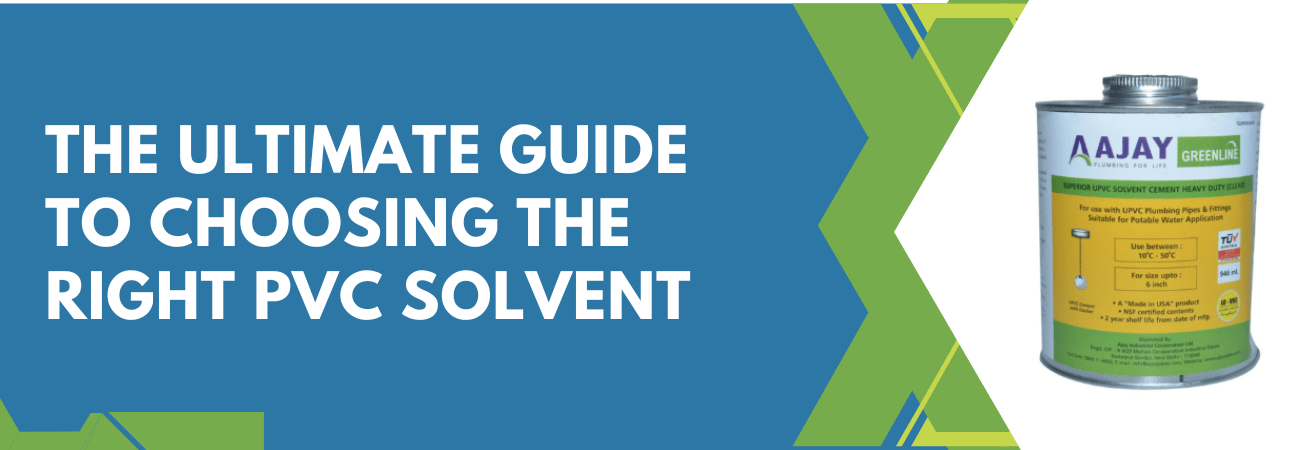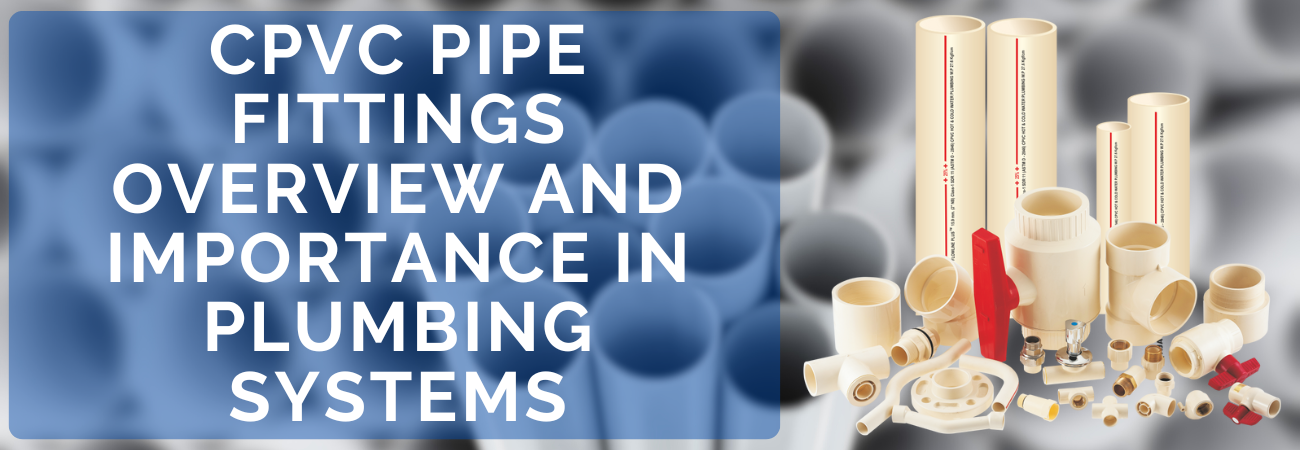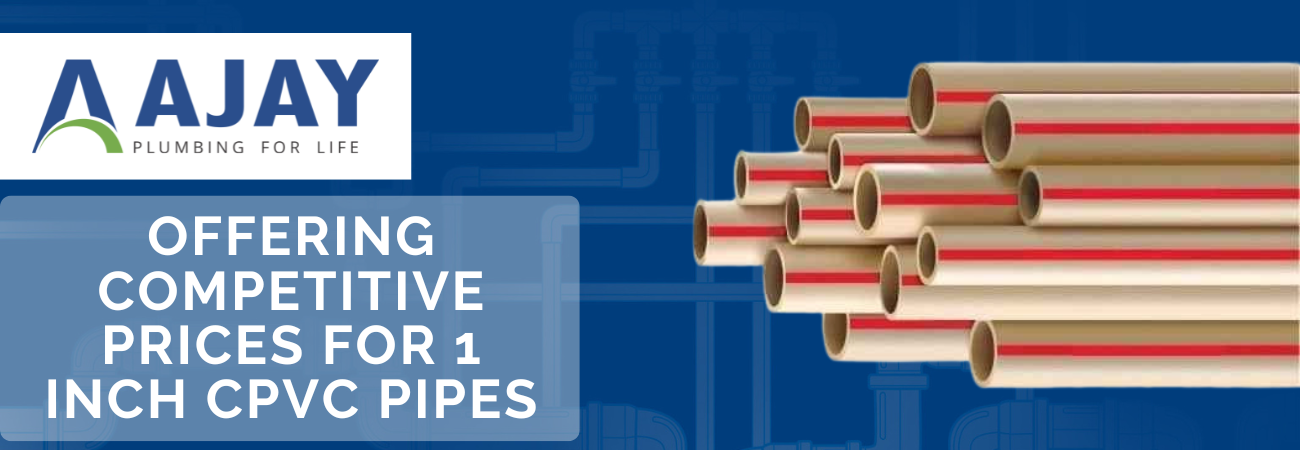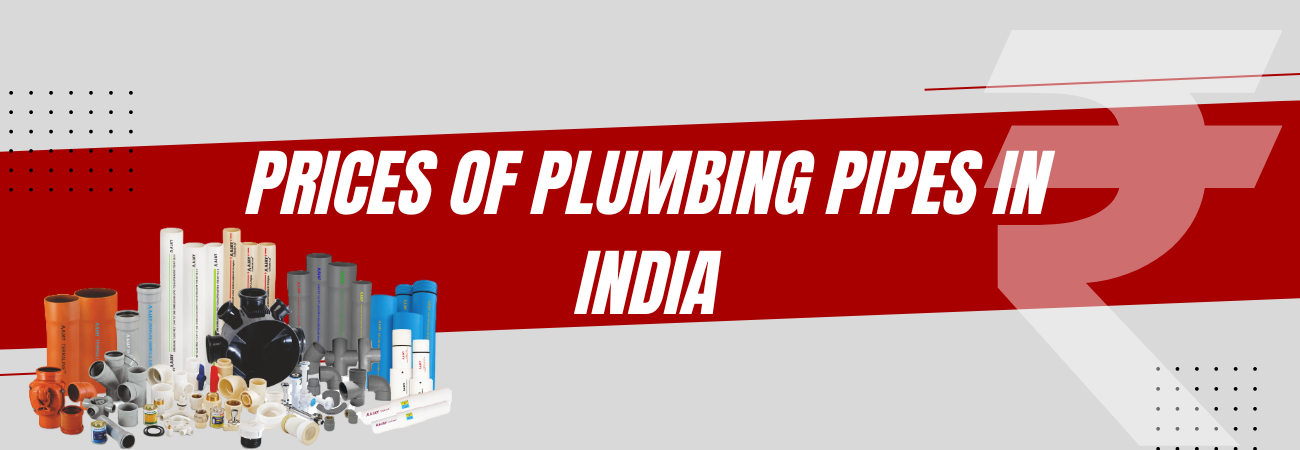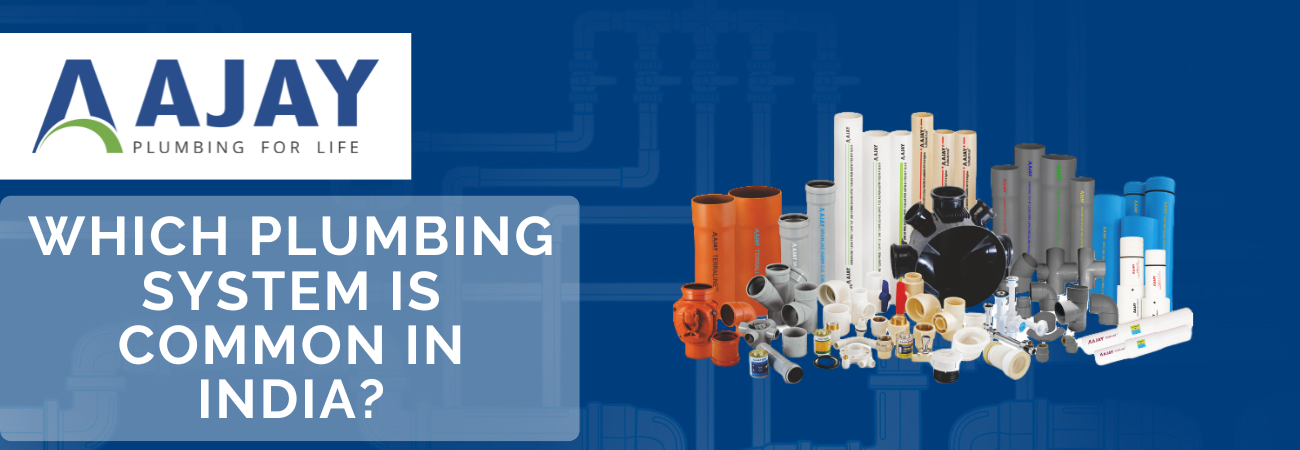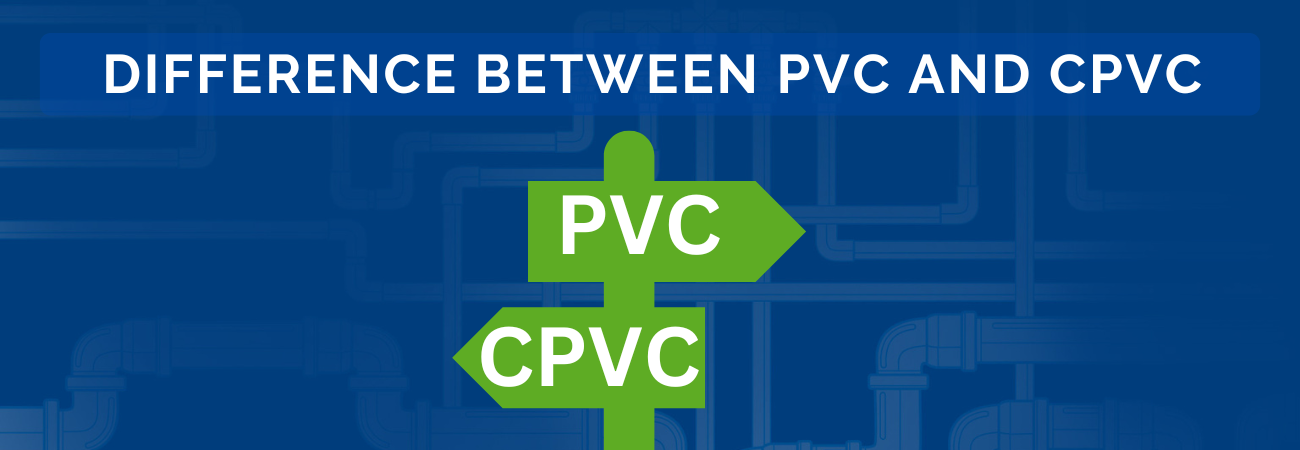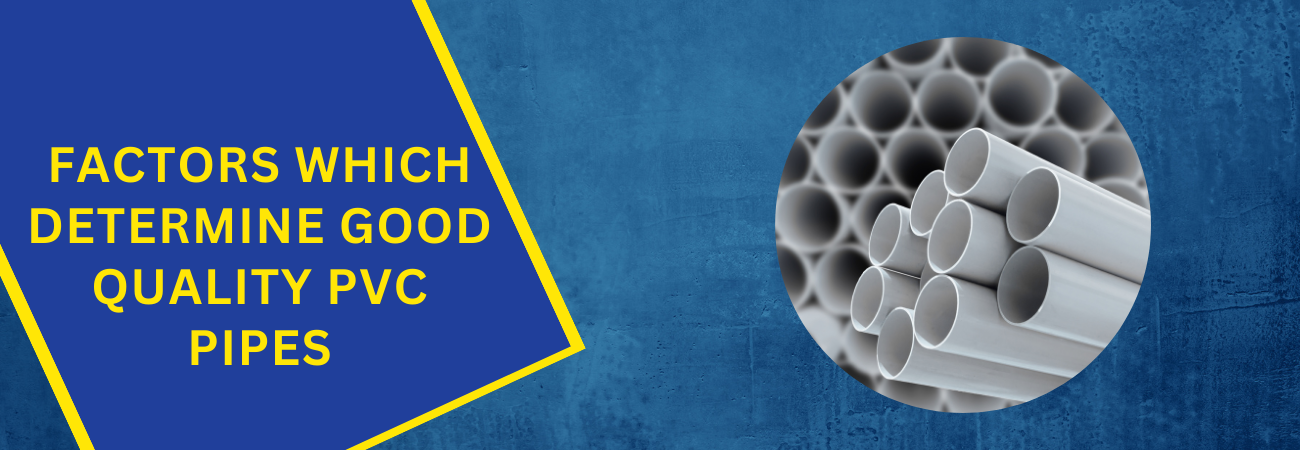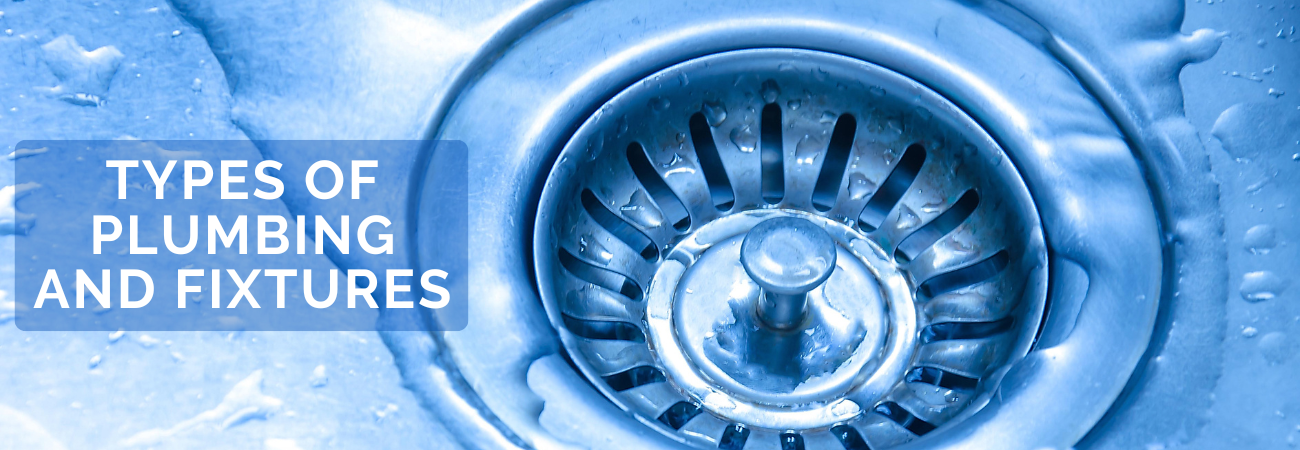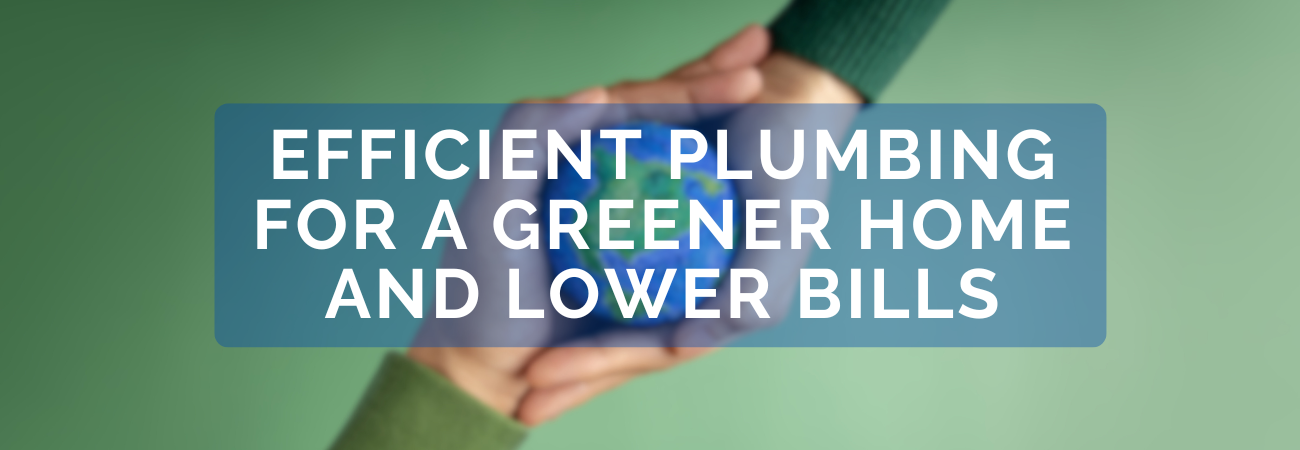Introduction
UPVC (Unplasticized Polyvinyl Chloride) is a highly durable material used in plumbing and construction. To ensure a secure and leak-free connection in UPVC pipes and fittings, UPVC solvent cement plays a crucial role. In this article, we’ll explore UPVC solvents, including how they work, their benefits, and their application process. We will also delve into solvent solutions, covering essential information for professionals and DIY enthusiasts alike.
What is UPVC Solvent?
UPVC solvent is a chemical compound used for joining UPVC pipes and fittings. It works by chemically softening the surface of the plastic, allowing the material to fuse. Once the solvent evaporates, the bond hardens and creates a leak-proof, durable joint.
Benefits of UPVC Solvent Cement
Leak-Proof Joints
One of the primary advantages of using UPVC solvent cement is its ability to form leak-proof joints. This ensures that water or other fluids passing through the pipes do not escape, making the plumbing system more efficient.
Quick and Easy to Use
UPVC cement is easy to apply, making it ideal for professionals and amateurs. With a few simple steps, you can create a secure bond without needing specialized equipment.
Cost-Effective Solution
Compared to other joining methods, using a solvent is cost-effective. The material is affordable, and since it ensures strong and lasting connections, it reduces the need for frequent repairs or replacements.
Resistant to Chemicals and Corrosion
UPVC solvent bonds are resistant to chemicals and corrosion, making them suitable for industrial applications and places where harsh substances are transported.
How to Use UPVC Solvent Cement
Step 1: Prepare the Surface
Before applying the solvent, it’s crucial to clean the pipe and fitting surfaces. Any dirt, oil, or debris can interfere with the bonding process, so wiping down the surfaces with a clean cloth is essential.
Step 2: Apply the Solvent Cement
Once the surfaces are clean, apply a generous amount of solvents cement to both the pipe and fitting. Ensure that the application is even to avoid weak spots in the bond.
Step 3: Join the Pipes
Immediately after applying the solvent, push the pipe and fitting together. Rotate the pipe slightly to distribute the cement evenly, and hold it in place for a few seconds.
Step 4: Allow the Joint to Cure
After the pipe and fitting are joined, allow the joint to cure for the recommended time. Depending on the size of the pipes and environmental conditions, this could range from a few minutes to a few hours.
UPVC Solution: When and How to Use It
The term “UPVC solution” can refer to the solvents cement used to join UPVC materials or specific products designed to enhance the performance of UPVC. UPVC solutions help ensure longevity and reliability in UPVC installations. These solutions can include sealants, lubricants, and cleaners, all designed to optimize the functionality of UPVC pipes and fittings.
Choosing the Right UPVC Solution
When selecting a UPVC solution, it’s essential to consider the type of pipes and fittings being used and the specific environmental factors they will encounter. For example, in industrial settings, a more robust UPVC solvent cement might be necessary to withstand exposure to harsh chemicals or extreme temperatures.
Application of UPVC Solutions
Like UPVC solvent cement, other UPVC solutions should be applied according to the manufacturer’s instructions. Proper application ensures that the solution works as intended, protecting and enhancing the UPVC system.
Common Mistakes to Avoid When Using UPVC Solvents
Using Too Much or Too Little Solvent
Applying the right amount of solvent is critical for creating a strong bond. Too much solvent can lead to excessive softening of the material, weakening the joint. Too little solvent might not provide enough bonding strength.
Skipping Surface Preparation
Skipping the cleaning step before applying UPVC solvent cement can lead to poor adhesion, resulting in leaks. Always ensure the surfaces are properly cleaned and dry before proceeding.
Not Allowing Proper Curing Time
Patience is key when working with UPVC solvents. Failing to allow enough time for the joint to cure can compromise its strength.
Final Thoughts on UPVC Solvents and Solutions
UPVC solvent cement is an essential product for creating secure, leak-proof joints in UPVC piping systems. It’s easy to use, cost-effective, and highly durable. Whether you’re working on a large-scale plumbing project or a small DIY task, using the correct UPVC solvents and following the proper steps will ensure a reliable and long-lasting connection.
In addition to solvent cement, UPVC solutions like sealants and cleaners can further enhance the performance of your UPVC installations, ensuring that they remain in top condition for years to come.
By understanding the benefits and proper application of UPVC solvents and solutions, you can achieve excellent results in any UPVC installation.
For any queries, contact the plumbing experts at Ajay pipes on the Toll Free No. : 1800-11-4050 or via email at our email address info@ajaypipes.com

